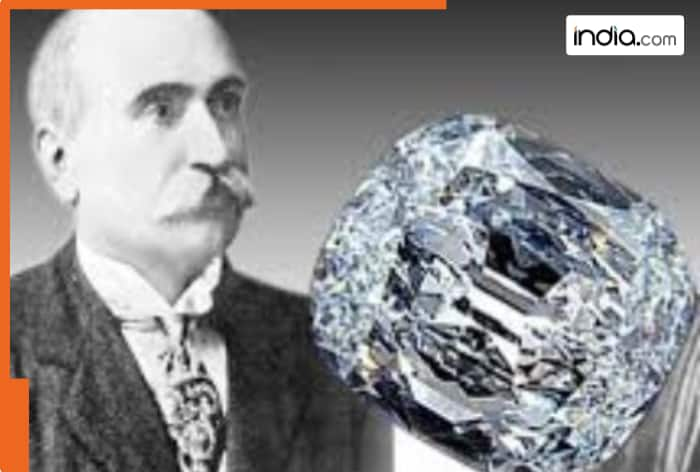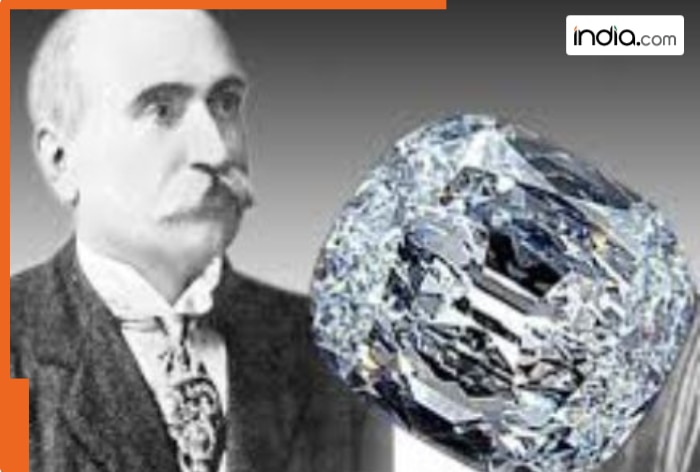While the Kohinoor may continue to capture public fascination, it is diamonds like the Jubilee Diamond that have left an indelible mark on India’s history, because of Tata’s great work.

While the Kohinoor diamond is renowned globally, weighing in at 105.6 carats, there are lesser-known diamonds in India’s history that are far larger and equally captivating. One such gem is the Jubilee Diamond, which weighs an impressive 245.35 carats, making it the sixth largest diamond in the world. Surprisingly, the Kohinoor doesn’t even feature in the list of India’s top 10 largest diamonds, overshadowed by the magnificent Jubilee Diamond.
Tata Gifted Jubilee Diamond To Wife
The Jubilee Diamond was made in 1895 at the Jagersfontein Mine in South Africa. In 1896, it was sent to Amsterdam, where it was expertly polished into a stunning diamond of 245.35 carats. During the cleaving process, a smaller pear-shaped diamond of 13.34 carats was also produced, which was later acquired by King Carlos I of Portugal for his wife.
Initially, a consortium had plans to present the Jubilee Diamond to Queen Victoria to mark her Diamond Jubilee (60 years on the throne) in 1897. However, for reasons that remain unclear, the diamond was never gifted to the Queen. Instead, it was named the ‘Jubilee Diamond’ in commemoration of the occasion.
The Jubilee Diamond gained significant attention when it was showcased at the Paris Exhibition in 1900. It became one of the star attractions, capturing the admiration of visitors. Soon after, the diamond found a new owner in Sir Dorabji Tata, who purchased it as a gift for his wife, Lady Meherbai Tata.
Jubilee Diamond Saves Tata Steel
In 1924, Tata Steel (formerly TISCO) faced a severe financial crisis. The company was struggling due to the supply of cheaper Japanese iron, which threatened its survival. Tata Steel urgently needed nearly Rs 2 crores (a huge sum of money at that time) to pay outstanding wages and repay debentures.
Business historians like RM Lala and Gita Piramal recount how Sir Dorabji Tata came to the company’s rescue by pledging the Jubilee Diamond and other family jewelry as collateral with the Imperial Bank of India (now State Bank of India). The loan was secured, and the much-needed funds helped save Tata Steel from collapsing.
Jubilee Diamond & Birth Of Tata Memorial Hospital
Tragically, Lady Meherbai Tata passed away from leukemia in 1931, and Sir Dorabji Tata followed shortly after in 1932. In his will, Sir Dorabji Tata bequeathed his entire wealth, including the Jubilee Diamond, to the Sir Dorabji Tata Trust.
The trust deed reveals an astonishing collection of jewels that were donated, including a necklace of 40 blue diamonds set in platinum, weighing a total of 103 carats. The wealth from these jewels played a pivotal role in funding charitable initiatives, including the establishment of the Tata Memorial Hospital, which was set up to provide cancer treatment.

